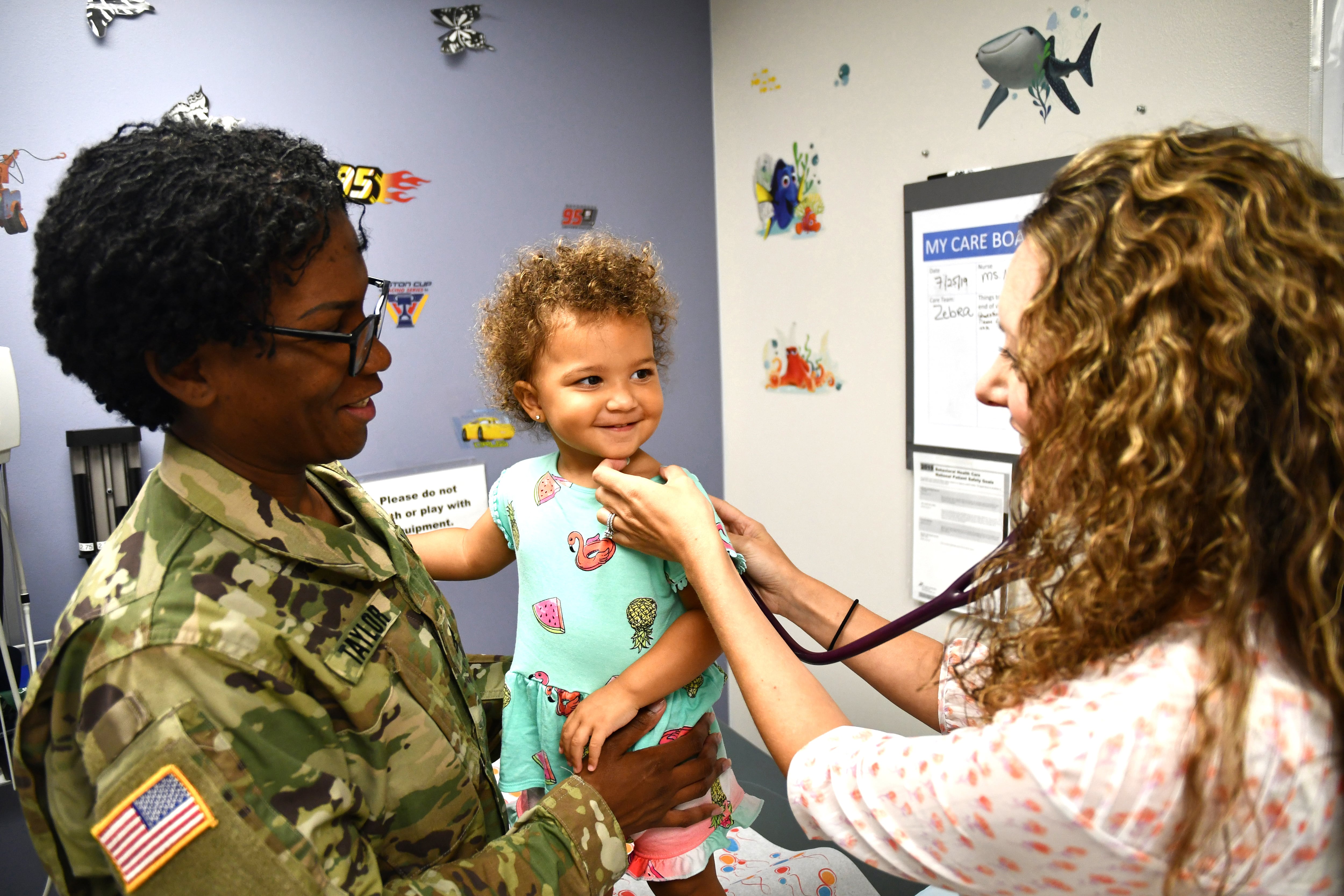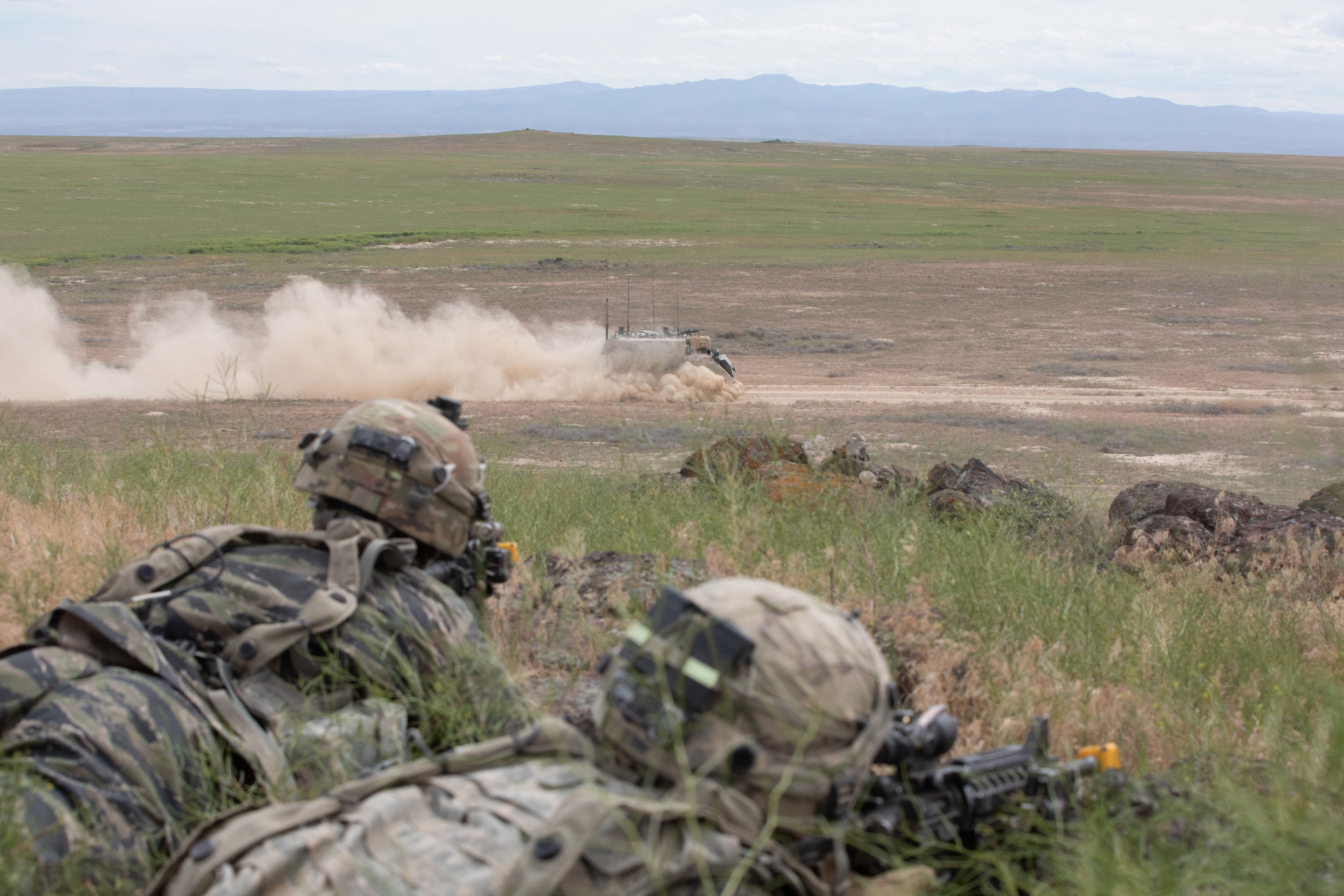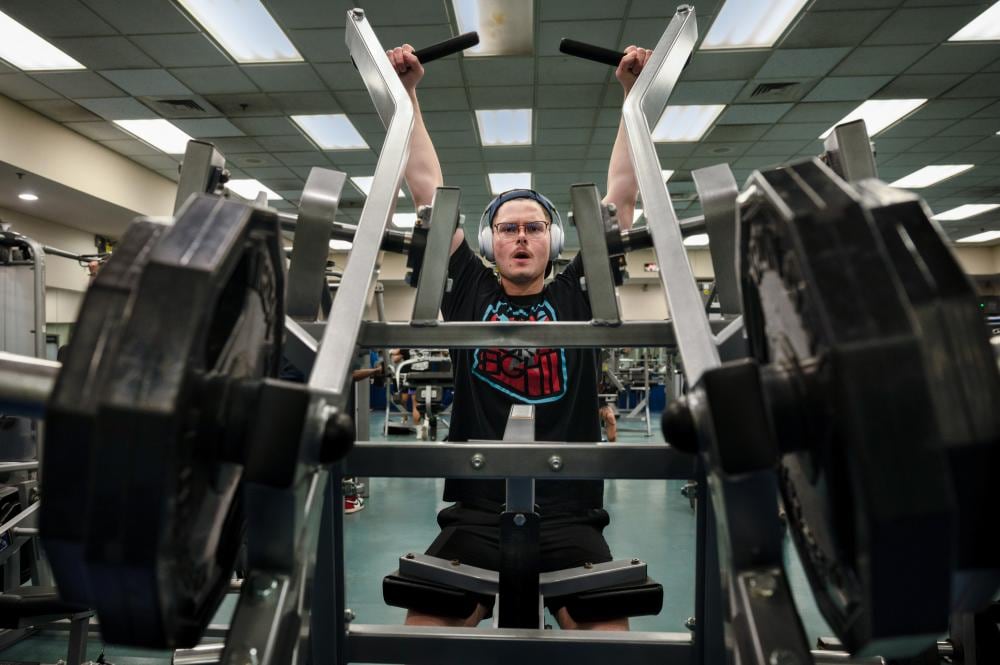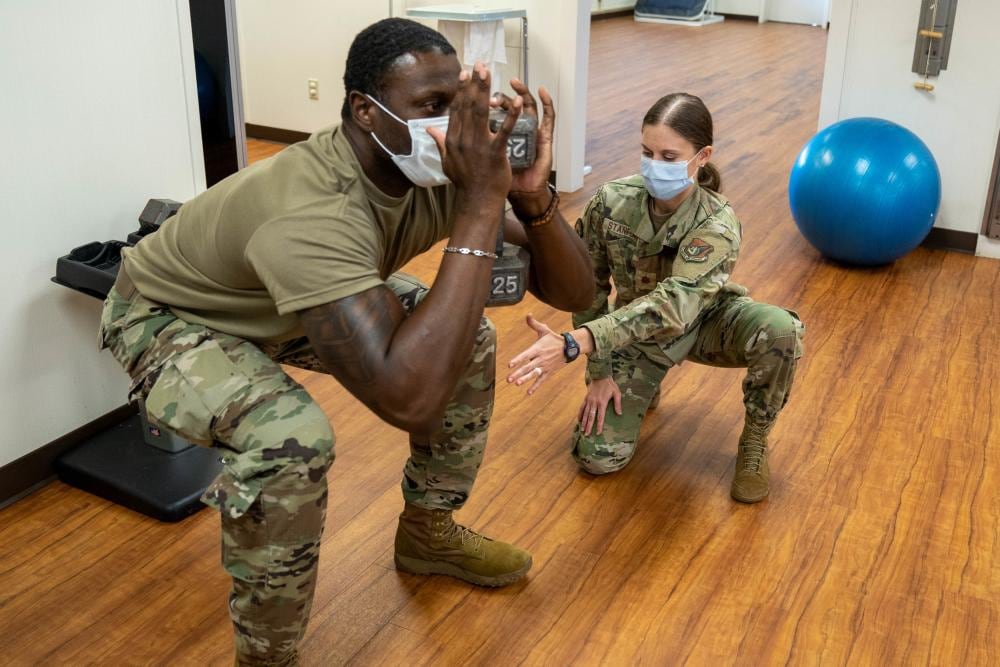Recent efforts to curb musculoskeletal and other injuries that can lead to chronic issues are starting to bear fruit within the Air Force.
Preventive physical and mental health care initiatives can help airmen feel their best in the short run. But the Air Force hopes that work will also improve its readiness and retention rates, and cut down on health care costs in the long term, too.
“We are doing a lot in how we’re trying to get out to units,” Air Force Surgeon General Lt. Gen. Robert Miller said in a recent interview. “How do we get medics out to units to interact at their level, understand their needs? … How do we help minimize injuries or potentially break down some barriers to help them get access to care?”
RELATED

Getting hurt can mean time off of work, compounding medical issues, financial burdens and the possibility that someone may be held back from their daily duties or deployment.
Musculoskeletal injuries are the “primary threat to readiness,” Lt. Col. Robert Briggs, a physical therapy researcher at the 711th Human Performance Wing’s “Strong Lab,” said in a recent press release.
Health problems that begin during military service often plague troops long after they leave. Over half of the 10,000 veterans who responded to a 2020 study on their chief concerns in civilian life reported having chronic illnesses and injuries.
One way the Air Force is tackling the problem is by dispatching “operational support teams” to units whose missions are particularly taxing. The service first piloted the teams in 2018 and aims to introduce several more each year. It hopes to have one at each base by 2027.
“The OST program is the only data-driven and outcome-informed embedded medical effort in the Air Force today,” the service said in 2021.
RELATED

Over the course of a few months, each group of several health and wellness experts — like physical therapists, exercise physiologists, psychologists and dietitians, as well as social workers — parachutes into a unit to build rapport and diagnose its overarching health and readiness issues.
The specialists also teach airmen about healthy sleep and eating habits, and try to set the foundation for success after they leave for another unit.
If an airman’s health issues exceed what the team can handle, they are referred to their local military doctor’s office. But specialized help has begun reducing the need for those visits.
As of last March, the Air Force said, the number of on-base doctor appointments for musculoskeletal issues had fallen by 25% at installations with an operational support team.
The support team at Utah’s Hill Air Force Base found that the gear worn by security forces airmen caused shoulder mobility issues and overuse injuries. Suggestions offered by the team’s physical therapist on how to avoid those problems cut reports of lower back pain by 75%, Hill said last July.
RELATED

Another team at Dover AFB, Delaware, tailored an exercise regimen to treat explosive ordnance disposal and firefighting airmen’s chronic shoulder and back injuries. Joint Base Andrews in Maryland hopes its support team’s new chiropractic clinic will help cut down on neck and back pain among helicopter pilots.
Miller’s staff noted in an email that the teams have saved airmen thousands of hours in which they would otherwise be leaving work or losing sleep for doctor appointments.
“What we have learned is that this concept works,” said Col. Richard Wallen, the Air Force Medical Readiness Agency’s chief of integrated operational support, in a release. “We have heard back from unit leadership and they are seeing improvements in mission effectiveness.”
That data is now shaping a new project at the Air Force Research Laboratory.
It’s called “Movement Matters,” and has set out to catalog physical metrics like balance and flexibility of airmen at eight bases. That anonymized database will reflect how at-risk the force at large may be for various injuries, and create a baseline for improvement.
RELATED

The 10-month study is expected to end in May.
“This is the first study of this scale that includes a multi-site comprehensive movement assessment at this depth, and among such a wide variety of military populations,” Briggs, the physical therapy researcher, recently told Air Force Times.
He believes the findings could eventually be used to help screen potential military recruits or be considered as part of regular deployability check-ups and fitness tests.
“Mobility assessment is a critical but often overlooked component of the overall physical performance profile for airmen,” Briggs said. “This should be examined more closely.”
Rachel Cohen is the editor of Air Force Times. She joined the publication as its senior reporter in March 2021. Her work has appeared in the Washington Post, the Frederick News-Post (Md.), Air and Space Forces Magazine, Inside Defense, Inside Health Policy and elsewhere.





